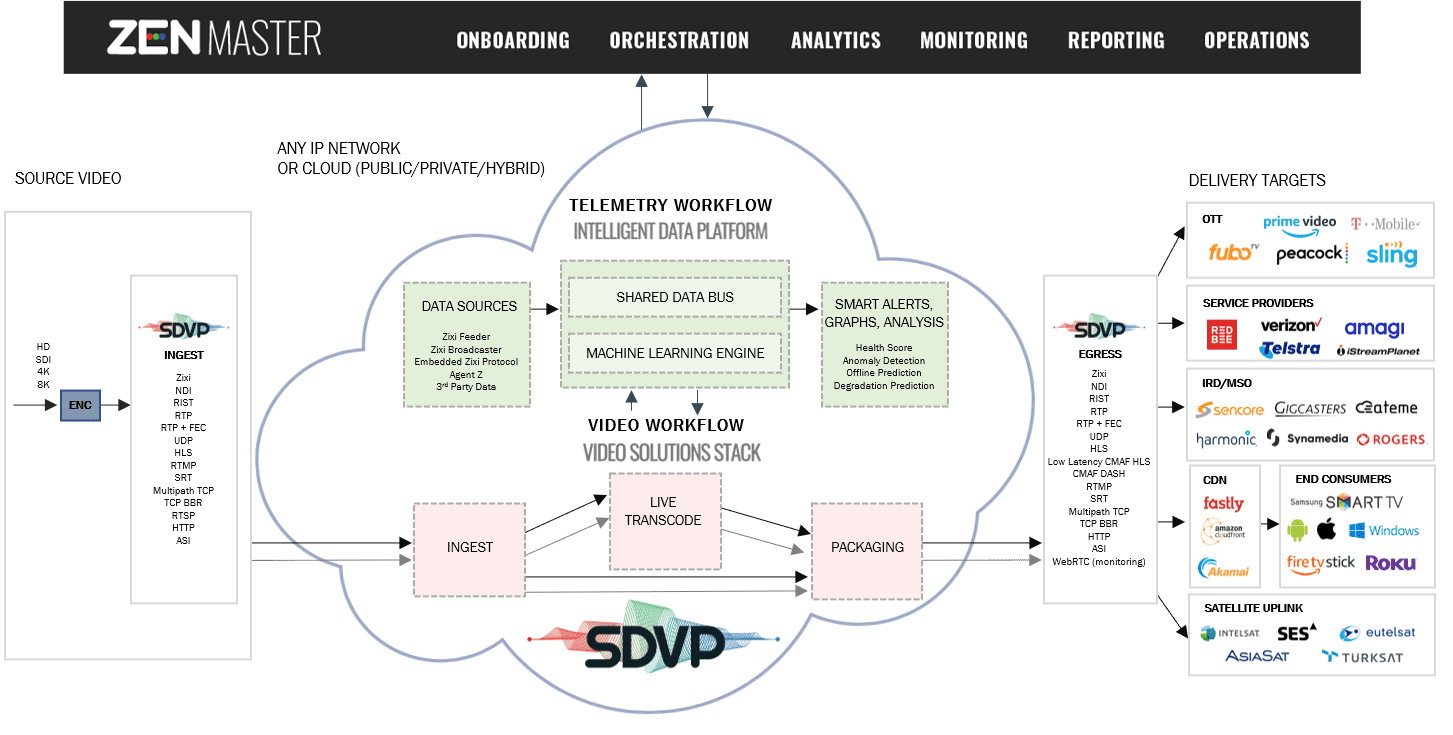

Within a subnet the first IP address is reserved by the Azure NFV Gateway, and the second and third are used for the NFV Azure DNS service. This also means that when you setup a virtual network Azure will automatically assigned a public ip address for the VNET which is not visible which means that virtual machines on the virtual network can communicate with the Internet without having assigned any Public IP addresses or NAT Gateway features using SNAT. When you configure one or more subnets within a virtual network, by default all subnets are directly connected and routeable. When you setup a virtual network you need to have a subnet if you want to deploy virtual machines or other resources. Virtual Network stack is set up to drop “out of order fragments,” that is, fragmented packets that don’t arrive in their original fragmented order. So if you want to integrate VPN with on-premises or other locations you need to apply MSS clamping so that you avoid IP fragmentation.Īlso within Azure. Internally in Azure the MTU for a Virtual Network is 1400 MTU (Unlike the orginal Ethernet MTU which is 1500) This MTU also affects VPN Gateways. VXLAN is wrapping packets within UDP and therefore there is a limit of how large MTU can be on the traffic flow. A Virtual Network in Azure is a software-defined networking using a form of network virtualization called VXLAN, which means that all virtual networks that are created in Azure are unique and not directly interconnected and unique. Within Azure you have a Virtual Network is contained within a Azure region. The first important aspect is the Virtual Network.

Here is a simple overview of the networking flow for the main components within Azure.įull Azure Networking picture here –> Azure Networking Overview Now before we start there it is important to understand how traffic flows within Azure with the different services in there.

#Virtual gateway how to#
So therefore I wanted to talk a bit about how networking in Azure works on a deeper level and how to troubleshoot network traffic flow with different scenarioes. For those that are used to “Cisco” troubleshooting or network troubleshooting, moving that knowledge to Azure is not that straight forward. I was recently involved in a scenario where I was tasked at troubleshooting why some features were not working in Azure, related to traffic flow between a service in Azure and virtual machine on-premises.


 0 kommentar(er)
0 kommentar(er)
